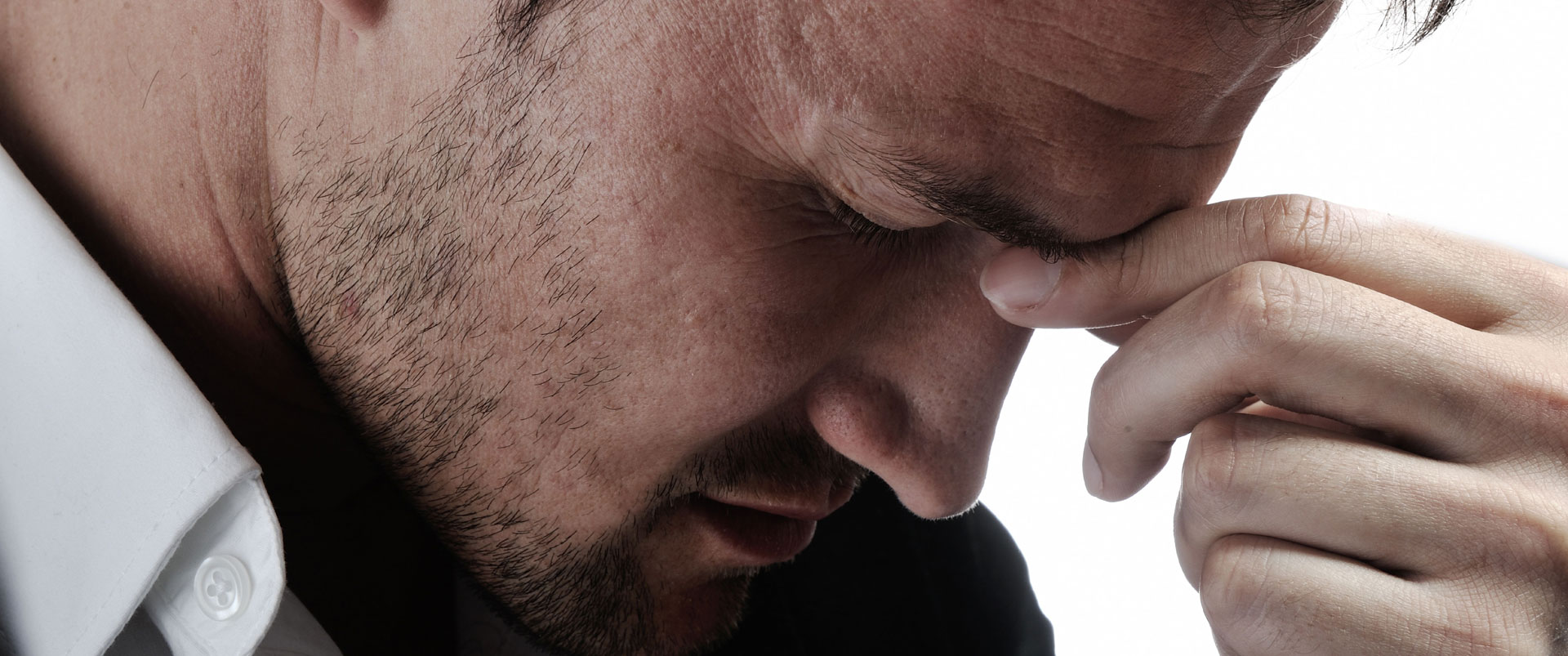The temporomandibular joints (TMJ) are the two joints connecting the jawbone to the skull. They can sometime become strained or inured leading to a variety of conditions that could be caused by grinding or clenching your teeth. This puts a lot of pressure on the joints. It can also be caused from arthritis in the joint, stress, which can cause you to tighten facial and jaw muscles or clenching of the teeth.
Movement of the soft cushion or disc between the ball and socket of the joint. You could possibly experience neck pain, jaw that pops or clicks, suffer frequent earaches, headaches or bruxism.
3. Wearing Splints:
Temporomandibular Disorders: If your condition is temporomandibular joint irregularity (TMD), you need to wear your splint all the time unless directed otherwise. Do not remove the splint when you eat, as this would compromise your treatment and diminish its effect. The splint stops tooth-to-tooth contact and keeps your jaw lined up properly, allowing the muscles and joint area to heal. As this healing takes place and the symptoms gradually disappear, your doctor will adjust your splint to keep your teeth properly aligned. During this period of your therapy, you will begin wearing the splint fewer hours of the day, and, after a period of time; you will no longer need to wear a splint.
Bruxism and Clenching: If your condition is bruxism (grinding of teeth) or clenching, you should wear your splint only at night when you cannot control your jaw movements. During the daytime, make sure your splint is placed in water to avoid warping.
4. Cleaning Splint and Teeth:
Food will accumulate around the under the splint. At least one a cay brush and rinse the inside and outside of the splint before placing it into your mouth. Dental decay can be stimulated if you are not careful about the cleanliness of your mouth and splint. Fluoride containing rinses or gels are useful when placed in your splint once per day if you have a high dental decay rate.
5. When Splint Is Out Of The Mouth:
If the splint is out of your mouth for any reason, your teeth may not occlude (meet) in harmony. This is to be expected because of muscle relaxation while wearing the splint. Occlusal equilibration will eliminate this improper meeting of the teeth (malocclusion). If the splint is out of your mouth, place it in a container of water to prevent it from warping. You may desire to soak it occasionally in one of the commercially available denture cleansers or place a few drops of Clorox in water solution.
Please call (817) 335-1125 if you have any questions or difficulty.

